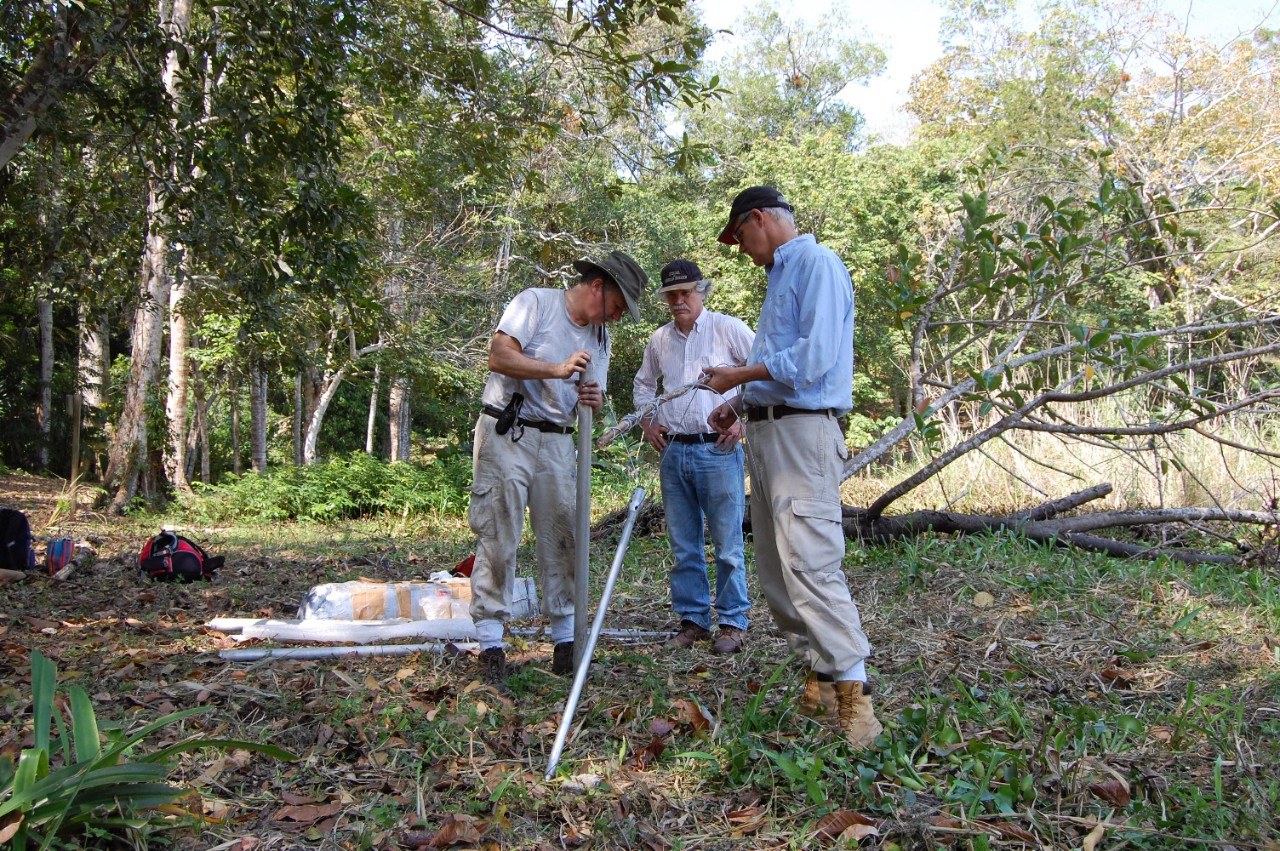
UC finds ancient Maya reservoirs contained toxic pollution
Mercury and cyanobacteria made water undrinkable in the heart of the city
Reservoirs in the heart of an ancient Maya city were so polluted with mercury and blue-green algae that the water likely was undrinkable.
Researchers from the University of Cincinnati found toxic levels of pollution in four central reservoirs in Tikal, an ancient Maya city that dates back to the third century B.C. in what is now northern Guatemala.
UC's findings suggest droughts in the ninth century likely contributed to the depopulation and eventual abandonment of the city.
"The conversion of Tikal's central reservoirs from life-sustaining to sickness-inducing places would have both practically and symbolically helped to bring about the abandonment of this magnificent city," the study concluded.
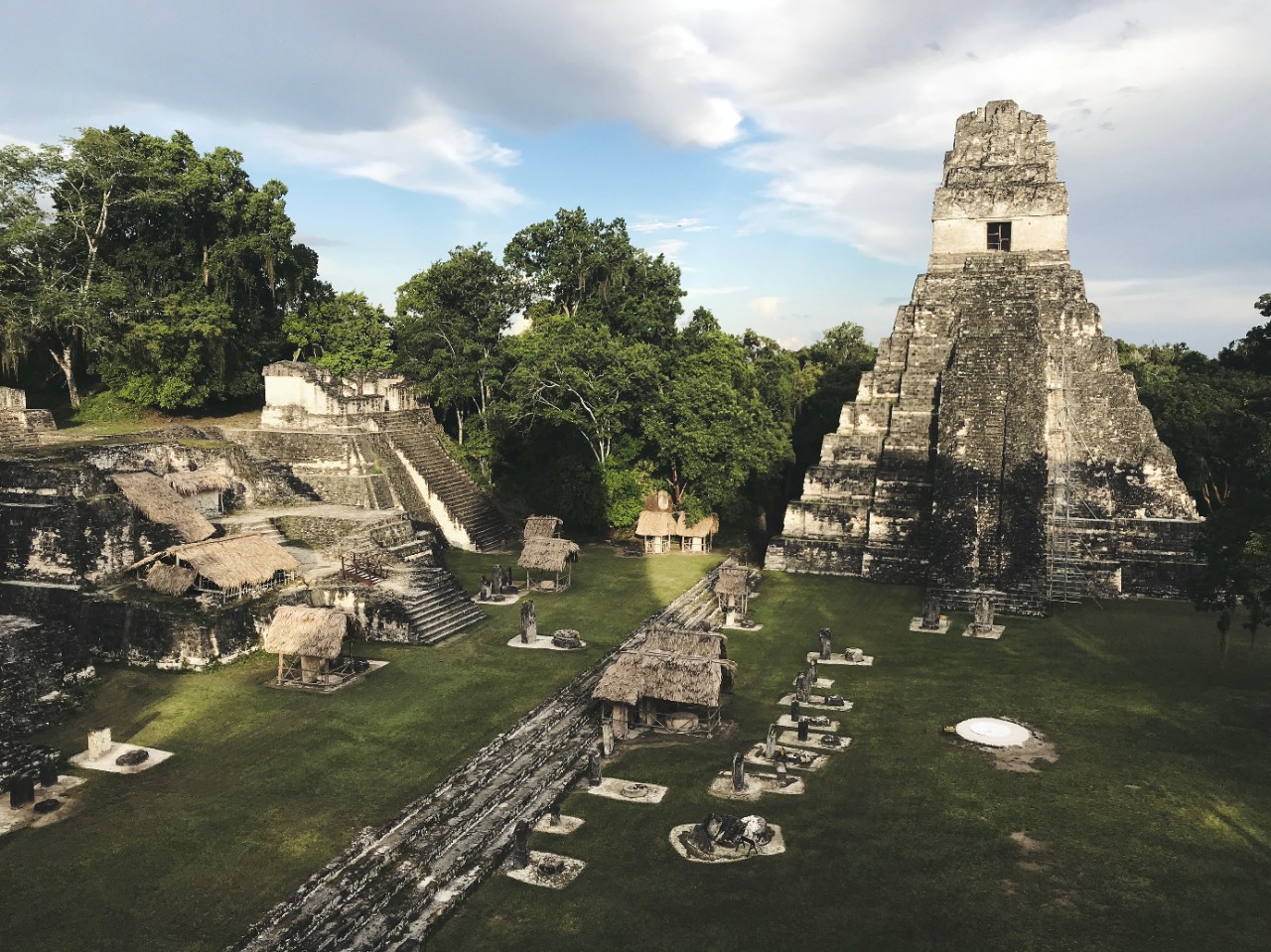
The ancient Maya city of Tikal in northern Guatemala thrived from the second to ninth centuries. UC researchers found evidence of water pollution that help explain why the city was abandoned. Photo/Jimmy Baum/Unsplash
A geochemical analysis found that two reservoirs nearest the city palace and temple contained extremely high and toxic levels of mercury that UC researchers traced back to a pigment the Maya used to adorn buildings, clayware and other goods. During rainstorms, mercury in the pigment leached into the reservoirs where it settled in layers of sediment over the years.
The study was published in the Nature journal Scientific Reports.
Archaeologists and anthropologists have been trying to figure out what happened to the Maya for 100 years.
David Lentz, UC biology professor and lead author
Unravelling a mystery
UC’s diverse team was composed of anthropologists, geographers, botanists, biologists and chemists. They examined layers of sediment dating back to the ninth century when Tikal was a flourishing city.
Previously, UC researchers found that the soils around Tikal during the ninth century were extremely fertile and traced the source to frequent volcanic eruptions that enriched the soil of the Yucatan Peninsula.
“Archaeologists and anthropologists have been trying to figure out what happened to the Maya for 100 years,” said David Lentz, a UC professor of biological sciences and lead author of the study.
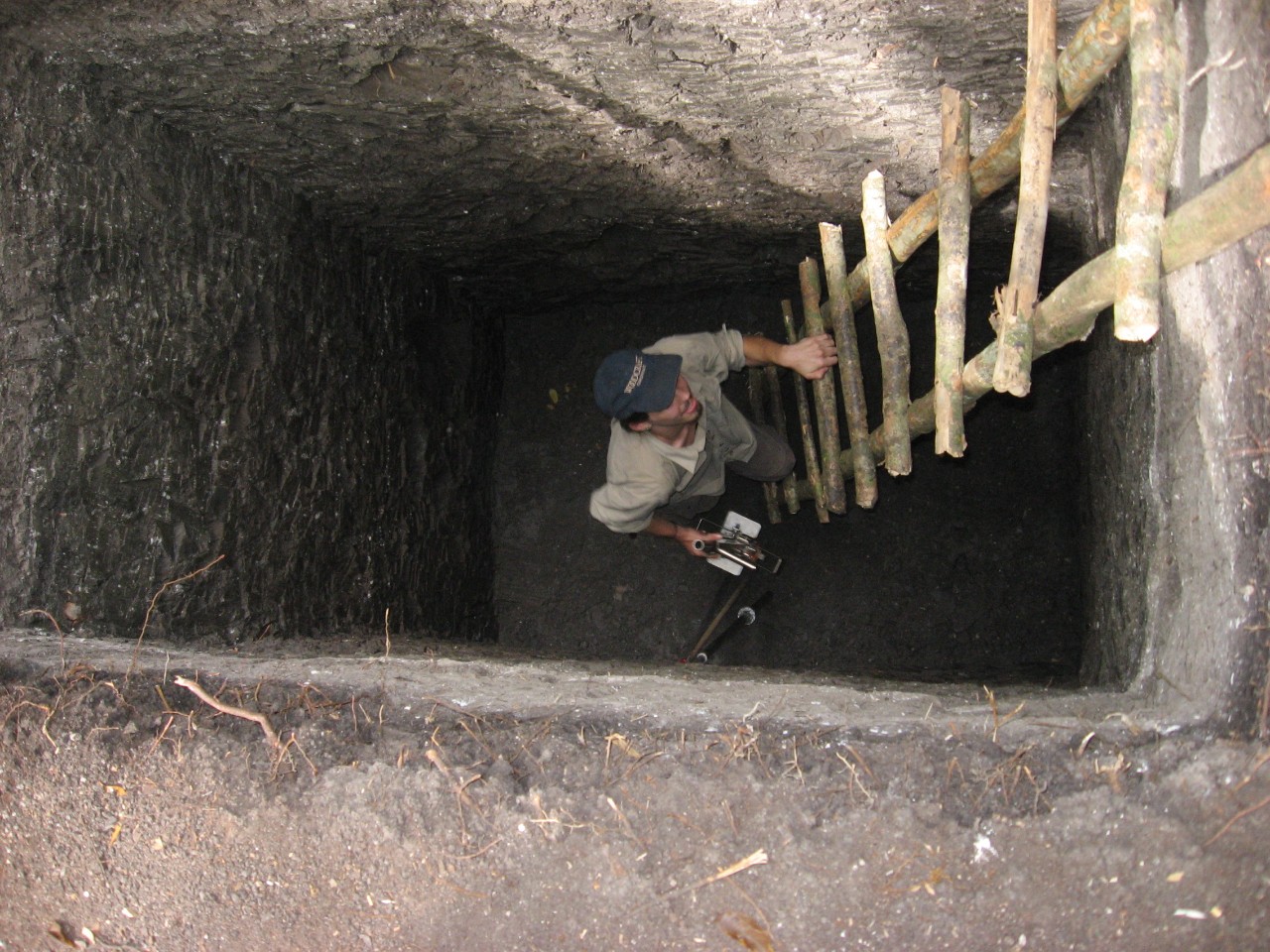
UC graduate student Brian Lane climbs out of the Perdido Reservoir. Photo/Nicholas Dunning
For the latest study, UC researchers sampled sediment at 10 reservoirs within the city and conducted an analysis on ancient DNA found in the stratified sediment of four of them.
Sediment from the reservoirs nearest Tikal’s central temple and palace showed evidence of cyanobacteria. Consuming this water, particularly during droughts, would have made people sick even if the water were boiled, Lentz said.
“We found two types of blue-green algae that produce toxic chemicals. The bad thing about these is they’re resistant to boiling. It made water in these reservoirs toxic to drink,” Lentz said.
UC researchers said it is possible but unlikely the Maya used these reservoirs for drinking, cooking or irrigation.
“The water would have looked nasty. It would have tasted nasty,” said Kenneth Tankersley, an associate professor of anthropology in UC’s College of Arts and Sciences. “There would have been these big blue-green algae blooms. Nobody would have wanted to drink that water.”
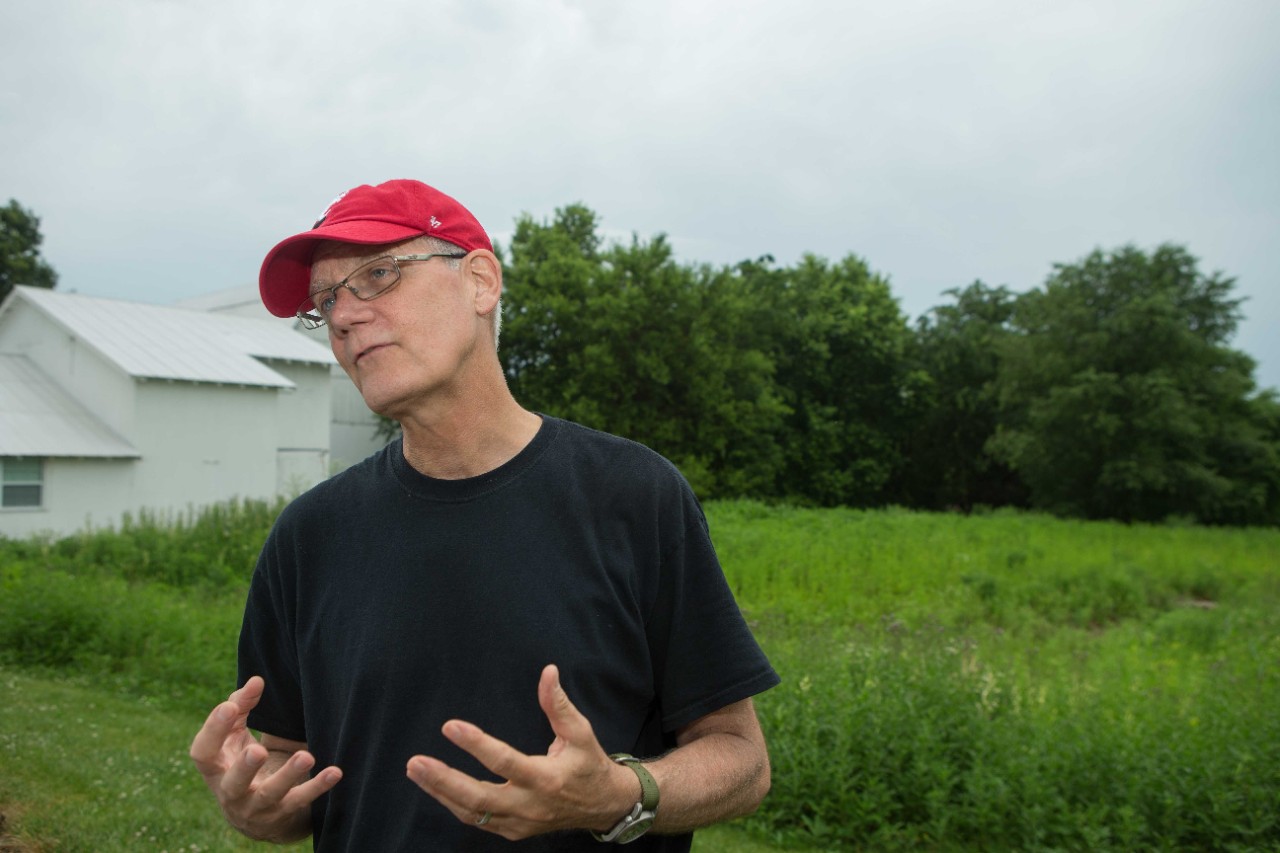
UC biologist David Lents said archaeologist and anthropologists have been trying for decades to understand why ancient Maya cities such as Tikal were abandoned. UC's research is contributing to the answer. Photo/Joseph Fuqua/UC Creative + Brand
Precious resources
Researchers found lower but still toxic levels of mercury in sediments from more distant reservoirs called Perdido and Corriental, which also would have provided drinking water for city residents during the ninth century.
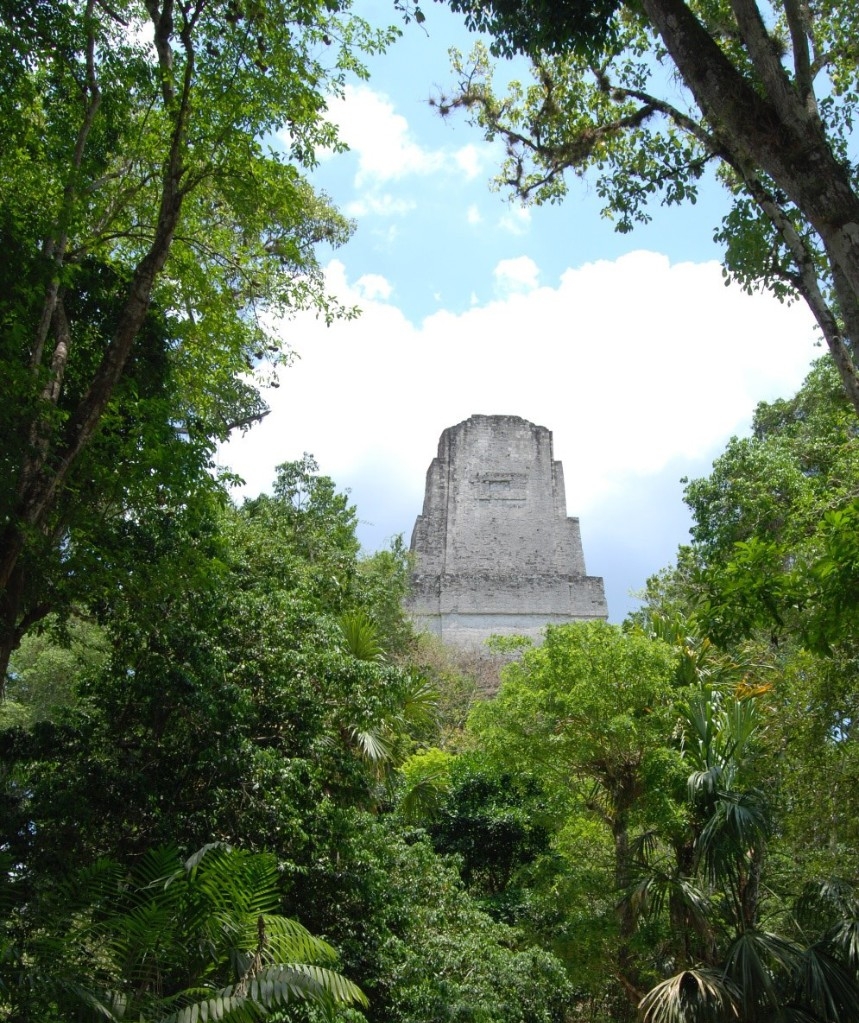
The towering city of Tikal rises above the rainforest. Photo/David Lentz
Today, Tikal is a national park and a UNESCO World Heritage site. Researchers believe a combination of economic, political and social factors prompted people to leave the city and its adjacent farms. But the climate no doubt played a role, too, Lentz said.
“They have a prolonged dry season. For part of the year, it’s rainy and wet. The rest of the year, it’s really dry with almost no rainfall. So they had a problem finding water,” Lentz said.
Co-author Trinity Hamilton, now an assistant professor of biology at the University of Minnesota, worked on the analysis of ancient DNA from cyanobacteria that sank to the reservoir bottom and was buried by centuries of accumulated sediment.
“Typically, when we see a lot of cyanobacteria in freshwater, we think of harmful algal blooms that impact water quality,” Hamilton said.

UC geography professor Nicholas Dunning has conducted several research projects on the ancient Maya at places such as Tikal. Photo/Joseph Fuqua/UC Creative + Brand
Reservoirs near the temple and palace likely would have been impressive landmarks, much like the reflecting pool at the National Mall is today.
“It would have been a magnificent sight to see these brightly painted buildings reflected off the surface of these reservoirs,” said co-author Nicholas Dunning, head of geography in UC’s College of Arts and Sciences.
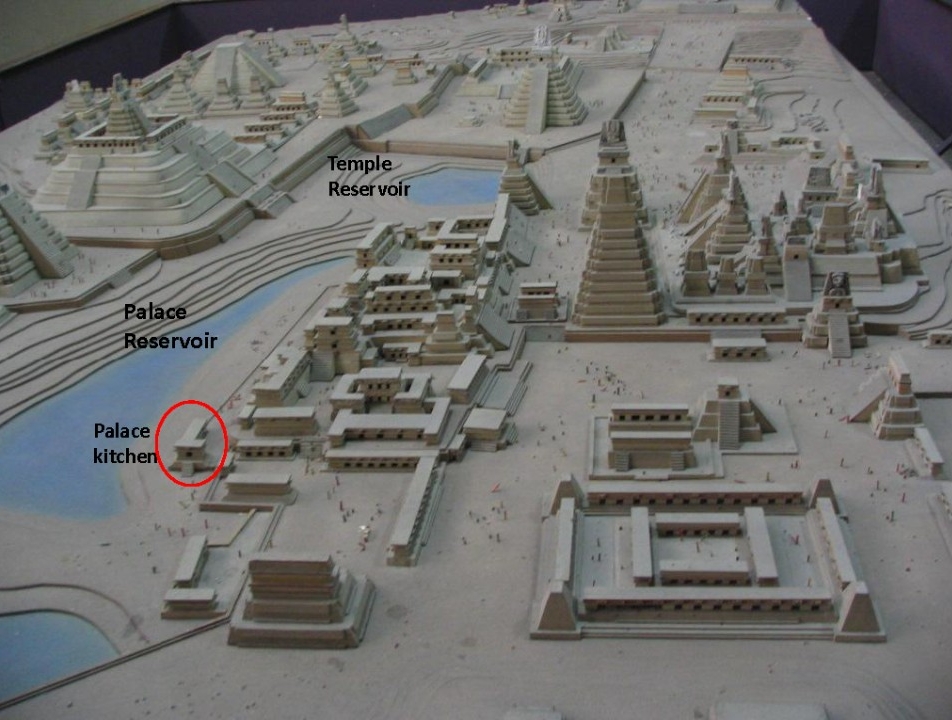
A model of Tikal at the National Museum of Archaeology and Ethnography in Guatemala City shows the impressive palace and temple reservoirs that fronted the city. UC researchers found toxic levels of mercury and cyanobacteria in two central reservoirs of Tikal. Photo/Nicholas Dunning/UC
“The Maya rulers conferred to themselves, among other things, the attribute of being able to control water. They had a special relationship to the rain gods,” Dunning said. “So the reservoir would have been a pretty potent symbol.”
UC’s Tankersley said one popular pigment used on plaster walls and in ceremonial burials was derived from cinnabar, a red-colored mineral composed of mercury sulfide that the Maya mined from a nearby volcanic feature known as the Todos Santos Formation.
A close examination of the reservoir sediment using a technique called energy dispersive X-ray fluorescence spectrometry found that mercury did not leach into the water from the underlying bedrock. Likewise, Tankersley said, UC ruled out another potential source of mercury — volcanic ash that fell across Central America during the frequent eruptions. The absence of mercury in other nearby reservoirs where ash would have fallen ruled out volcanoes as the culprit.
Instead, Tankersley said, people were to blame.
“That means the mercury has to be anthropogenic,” Tankersley said.
With its bright red color, cinnabar was commonly used as a paint or pigment across Central America at the time.
“Color was important in the ancient Maya world. They used it in their murals. They painted the plaster red. They used it in burials and combined it with iron oxide to get different shades,” Tankersley said.

UC associate professor Kenneth Tankersley. Photo/Provided
“We were able to find a mineral fingerprint that showed beyond a reasonable doubt that the mercury in the water originated from cinnabar,” he said.
Tankersley said ancient Maya cities such as Tikal continue to captivate researchers because of the ingenuity, cooperation and sophistication required to thrive in this tropical land of extremes.
“When I look at the ancient Maya, I see a very sophisticated people with a very rich culture,” Tankersley said.
UC’s team is planning to return to the Yucatan Peninsula to pursue more answers about this remarkable period of human civilization.
Featured image at top: UC researchers Nicholas Dunning, left, Vernon Scarborough and David Lentz set up equipment to take sediment samples during their field research at Tikal. Photo/Liwy Grazioso Sierra
Impact Lives Here
The University of Cincinnati is leading public urban universities into a new era of innovation and impact. Our faculty, staff and students are saving lives, changing outcomes and bending the future in our city's direction. Next Lives Here.
Stay up on all UC's COVID-19 stories, read more #UCtheGood content, or take a UC virtual visit and begin picturing yourself at an institution that inspires incredible stories.
Related Stories
Esteemed gamers pack 1819 for Esports Ohio Regionals
April 24, 2025
Leading high school video gamers filled the 1819 Innovation Hub in early April to compete during Esports Ohio’s regional championship.
Creating a stronger community on and off campus
April 23, 2025
UC student leaders discuss the need for better student-neighborhood relations and a desire to build a better community on campus. Student Body President Joshua Copley and Student Body Vice President Wilaini Alicea are being their term with UC Student Government.
‘This is rocket science’
April 23, 2025
At the University of Cincinnati’s Hypersonics Lab, students pursue new technology for high-speed travel and exploration.
